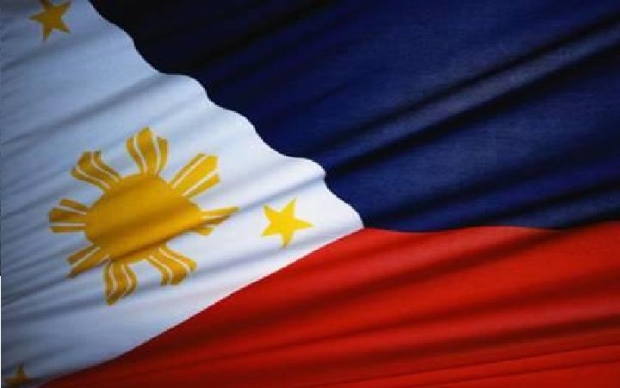6.12.10
"Today is the Independence Day of the Philippines. We remember our
brothers who helped bring this country to a better place, well away
from the grasp of those who once held our nation captive."
Today, we celebrate the 112th Philippine Independence day.
Philippine independence
Philippine 1st declaration of independence (1896)
Filipino (KKK) revolutionary forces under Andres Bonifacio (The Father of KATIPUNAN) who first proclaim the 1st Philippine Independence Day in 1896, two years after Gen. Emilio Aguinaldo continued the proclamation of the said independence day as the official Independence Day of the Philippines dated June 12, 1898.
Philippine declaration of independence (1898)
Main article: Philippine Declaration of Independence
On June 12, 1898, prior to the formal conclusion of the Spanish-American War, Filipino revolutionary forces under General Emilio Aguinaldo proclaimed the sovereignty and independence of the Philippine Islands from the colonial rule of Spain. The declaration, however, was not recognized by Spain or the United States, and was not generally recognized by other nations. The Spanish government ceded the Philippines to the United States in the 1898 Treaty of Paris, in consideration for an indemnity for Spanish expenses and assets loss.
American recognition of independence (1946)
On July 4, 1946, representatives of the United States of America and of the Republic of the Philippines signed a Treaty of General Relations between the two governments. The treaty provided for the recognition of the independence of the Republic of the Philippines as of July 4, 1946, and the relinquishment of American sovereignty over the Philippine Islands.[1]
Filipino historians point out that independence in 1946 came with numerous strings attached. The U.S. retained dozens of military bases, including a few major ones. In addition, independence was qualified by legislation passed by the U.S. Congress to ensure that the Philippines would remain an economic ward of the U.S., for the time being.
For example, the Bell Trade Act prohibited the Philippines from manufacturing or selling any products that might "come into substantial competition" with U.S.-made goods. It further required that the Philippine Constitution be revised to grant U.S. citizens and corporations equal access to Philippine minerals, forests, and other natural resources. In hearings before the Senate Committee on Finance, Assistant Secretary of State for Economic Affairs William L. Clayton described the law as "clearly inconsistent with the basic foreign economic policy of this country" and "clearly inconsistent with our promise to grant the Philippines genuine independence."[2]
But the Philippine government had little choice but to accept these terms for independence. The U.S. Congress was threatening to withhold post-World War II rebuilding funds unless the Bell Act was ratified. The Philippine Congress obliged on July 2, 1946.
The Philippines celebrates its Independence Day in recognition of June 12, 1898, when the Philippines declared its independence from Spain, although its independence was not recognized until July 4, 1946, by the United States. From 1946 to 1961, the Philippines observed Independence Day on July 4 each year. In 1961, President Diosdado Macapagal reverted the holiday to the June 12 date, which up to that time had been observed as Flag Day in the Philippines. In place of the former Independence Day, Macapagal created Filipino-American Friendship Day on July 4.
Source: http://en.wikipedia.org/wiki/History_of_the_Philippines_(1946%E2%80%931965)
Bangon Pilipinas!
